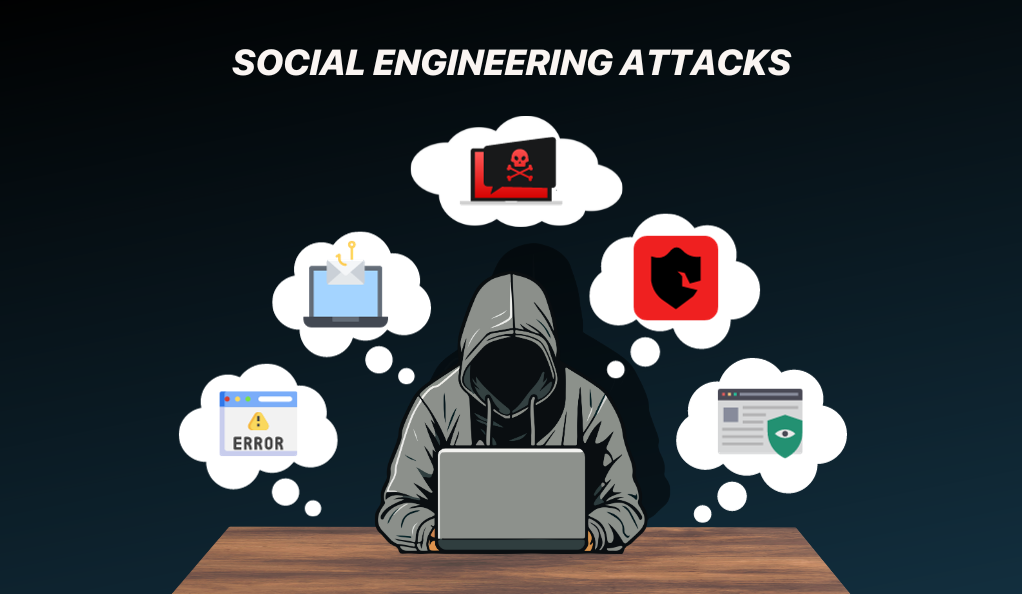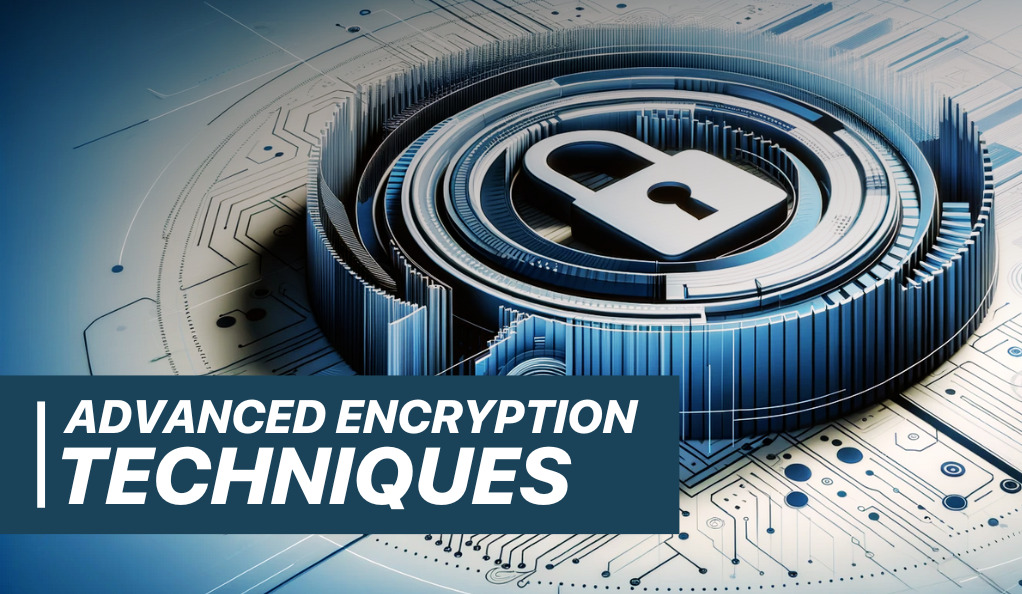In the rapidly evolving world of digital finance, Bitcoin exchanges are key players. The rise in their use brings a critical challenge: ensuring strong security to protect users’ digital assets. This article explores the security protocols of Bitcoin exchanges, highlighting measures that safeguard investments and uphold the integrity of the cryptocurrency market.
We’ll delve into fundamental security protocols, advanced cybersecurity practices, and the balance between operational risks and user convenience. By the end, readers will gain an understanding of the complex security landscape that underpins Bitcoin exchanges in today’s digital era.
The Fundamentals of Bitcoin Exchange Security
In the domain of Bitcoin exchanges, a robust security framework is not just a feature; it’s a necessity. This section explores the fundamental security protocols that form the first line of defense in protecting user assets in Bitcoin exchanges.
1. Two-Factor Authentication (2FA): A crucial layer in securing user accounts, 2FA requires not only a password and username but also something that only the user has on them, like a mobile device. This adds an extra layer of security against unauthorized access.
2. Cold Storage Options: Most exchanges keep a large portion of the cryptocurrencies in ‘cold storage’. This means they are stored offline, away from potential online vulnerabilities. Only a small fraction of assets are kept in ‘hot wallets’ for daily transactions.
3. Withdrawal Whitelists: This feature allows users to pre-approve specific wallet addresses to which withdrawals can be made. Any attempt to withdraw to an address not on the list would be automatically denied, adding an extra layer of security.
4. Encrypted Email Communication: Ensuring secure communication channels, Bitcoin exchanges often encrypt email communications. This protects sensitive information like withdrawal requests and password resets from being intercepted by unauthorized parties.
5. Compliance and Legal Standards: Adherence to legal and regulatory standards is also a key aspect of security. This includes KYC (Know Your Customer) and AML (Anti-Money Laundering) protocols, ensuring that the exchanges operate within the legal frameworks and help in preventing illegal activities.
These fundamental security measures provide a strong foundation for the safe operation of Bitcoin exchanges. However, with the constantly evolving nature of cyber threats, exchanges must continuously adapt and enhance their security protocols to stay ahead of potential vulnerabilities.
Advanced Security Protocols in Practice
Beyond the fundamental measures, Bitcoin exchanges implement advanced security protocols to strengthen their defenses against sophisticated cyber threats. These practices are crucial in maintaining not just the security of the exchanges, but also the trust of their users.
Comprehensive Cybersecurity Approaches: Leading Bitcoin exchanges, like Kraken, have set high benchmarks in cybersecurity. Kraken’s approach includes earning certifications like ISO/IEC 27001:2013 and SOC 2, Type 1, which reflect a high standard of information security management systems. These certifications indicate a comprehensive and systematic approach to managing sensitive company and customer information.
Regular Security Audits: To ensure the integrity of security systems, exchanges often undergo regular security audits. These audits are conducted by independent third-party firms and involve rigorous testing of the exchange’s security infrastructure to identify and rectify potential vulnerabilities.
Real-time Monitoring and Intrusion Detection Systems: Exchanges employ real-time monitoring systems to track any unusual activities. Intrusion Detection Systems (IDS) are set up to flag any potential security breaches, allowing for immediate action to prevent or mitigate unauthorized access or attacks.
Advanced Encryption Techniques: To protect data, Bitcoin exchanges utilize advanced encryption techniques. This includes not just the encryption of data stored on servers but also the encryption of data during transmission between the exchange and the users’ devices.
Multi-Signature Wallets: For added security of user funds, some exchanges use multi-signature wallets. This requires multiple keys to authorize a Bitcoin transaction, significantly reducing the risk of theft or unauthorized access.
Employee Security Training: Human error often being a significant security risk, exchanges invest in regular security training for their employees. This includes training in best practices for data handling, recognizing phishing attempts, and maintaining overall operational security.
Cyber Threats and Attack Patterns

Understanding the nature of cyber threats and common attack patterns is essential for Bitcoin exchanges to effectively fortify their defenses. This section delves into the various types of cyber threats these platforms face and the typical patterns attackers use to exploit vulnerabilities.
Types of Cyber Threats:
- Security Breaches: This involves unauthorized access to the exchange’s systems, leading to potential theft of funds or sensitive user data.
- Insider Threats: Risks posed by individuals within the organization, such as employees or contractors, who might misuse their access to sensitive information.
- Social Engineering Attacks: These are deceptive tactics used to trick users or employees into revealing sensitive information, such as login credentials or private keys.
- Phishing Attacks: A form of social engineering where attackers impersonate legitimate entities to steal sensitive data.
- Distributed Denial-of-Service (DDoS) Attacks: Overwhelming the exchange’s servers with traffic to disrupt services.
Attack Patterns:
(Based on an analysis of past breaches, several common attack patterns emerge)
- Exploiting Software Vulnerabilities: Attackers often exploit unpatched vulnerabilities in software used by the exchanges.
- API Exploits: Weaknesses in Application Programming Interfaces (APIs) can be exploited to gain unauthorized access or manipulate transactions.
- Credential Stuffing: Using stolen or leaked usernames and passwords to gain access to accounts.
- Man-in-the-Middle Attacks: Interception of communication between the user and the exchange to steal data or manipulate transactions.
- Wallet Theft: Direct attacks on hot wallets (online wallets) to transfer funds to attacker-controlled addresses.
Mitigation Strategies:
In response to these threats, Bitcoin exchanges employ a range of strategies:
- Regular Software Updates: Keeping all software updated to patch known vulnerabilities.
- API Security: Implementing robust security measures for APIs, including authentication, encryption, and regular monitoring.
- User Education: Educating users about the risks of phishing and social engineering, and how to avoid them.
- Enhanced Monitoring: Continuously monitoring for unusual activities that might indicate an attack.
- Incident Response Plans: Having a well-defined incident response plan to quickly address and mitigate any breaches.
Insider Threats and Social Engineering
While external cyber threats pose significant risks, insider threats and social engineering attacks represent equally challenging security concerns for Bitcoin exchanges. This section addresses these internal risks and outlines strategies to mitigate them.
Insider Threats:
- Nature of the Threat: Insider threats come from individuals within the organization, such as employees, contractors, or business partners, who have access to sensitive systems and data. These individuals might misuse their access for personal gain or to harm the organization.
- Preventive Measures:
- Strict Access Controls: Implement role-based access controls to ensure employees only have access to the information necessary for their job functions.
- Regular Audits and Monitoring: Conduct regular audits of system access and monitor for unusual activities that could indicate misuse.
- Employee Vetting: Thorough background checks during the hiring process and ongoing assessment of employee behavior and performance.
Social Engineering Attacks:

- Nature of the Threat: Social engineering involves manipulating individuals into divulging confidential information or performing actions that compromise security. Common tactics include phishing, pretexting, and baiting.
- Preventive Measures:
- User and Employee Education: Regular training sessions for employees and informative guides for users on recognizing and avoiding social engineering tactics.
- Security Policies: Establishing clear policies and procedures for handling sensitive information and verifying identities before granting access or making changes to accounts.
- Communication Protocols: Secure and verified channels for communication, particularly for sensitive transactions or information sharing.
Combating Social Engineering:
- Simulation Exercises: Conducting simulated phishing and other social engineering attacks to test employees’ awareness and preparedness.
- Feedback and Reporting Mechanisms: Encouraging a culture where employees and users can report suspicious activities without fear of retribution.
Encryption and Secure Connections
In the realm of Bitcoin exchanges, safeguarding data and communications through encryption and secure connections is a critical aspect of maintaining overall security. This section delves into the technical measures employed to protect against unauthorized access and ensure the integrity of user transactions.
Importance of Encryption:
- Data Encryption: All sensitive data, including user personal information and transaction details, are encrypted. This means the data is converted into a secure format that is unreadable to unauthorized users, a crucial step in protecting against data breaches.
- End-to-End Encryption: For communications, many exchanges use end-to-end encryption, ensuring that messages can only be read by the sender and the intended recipient.
Secure Internet Connections:
- HTTPS and SSL/TLS Protocols: Exchanges utilize HTTPS (Hypertext Transfer Protocol Secure) with SSL/TLS (Secure Socket Layer/Transport Layer Security) encryption. This protects the integrity and confidentiality of data as it travels between the user’s device and the exchange’s servers.
- Benefits of HTTPS and SSL/TLS:
- Data Integrity: Prevents unauthorized entities from altering data during transmission.
- Encryption: Ensures that intercepted data cannot be read or used by attackers.
- Authentication: Verifies that users are communicating with the intended website and not a fraudulent one.
Advanced Encryption Techniques:

- Algorithmic Strength: Exchanges often employ advanced cryptographic algorithms to enhance security. These algorithms are constantly updated to stay ahead of potential cryptographic vulnerabilities.
- Key Management: Secure management of cryptographic keys is essential. This includes measures for key generation, exchange, storage, use, and destruction.
Continuous Monitoring:
- Monitoring Network Traffic: Continuous monitoring of network traffic helps detect and prevent potential intrusions or data leaks.
- Anomaly Detection: Automated systems are in place to detect any abnormal patterns that could indicate a security breach or an attempt at data interception.
Regular Updates and Security Patches:
- Keeping Systems Updated: Regular updates to security protocols and software are crucial in closing vulnerabilities that could be exploited by attackers.
User-Level Security Measures:
- Encouraging Strong Passwords: Users are often prompted to create strong, complex passwords.
- Two-Factor Authentication: As an additional layer of security, 2FA is implemented at the user level for accessing accounts and authorizing transactions.
Operational Risks and Compliance
The operation of Bitcoin exchanges involves not only technical security measures but also careful navigation of operational risks and adherence to compliance standards. This section discusses the various operational risks that Bitcoin exchanges face and the importance of compliance in mitigating these risks.
Understanding Operational Risks:
- Operational risks refer to the potential for loss resulting from inadequate or failed internal processes, people, systems, or external events.
- Examples of Operational Risks:
- System Failures: Unexpected downtime due to hardware or software failures can disrupt trading and impact market confidence.
- Human Error: Mistakes made by employees, such as erroneous transactions or mismanagement of sensitive data.
- Fraud and Embezzlement: Risks of internal fraud, often involving manipulation of accounts or theft of funds.
Compliance and Legal Standards:
- Compliance with legal and regulatory standards is essential for Bitcoin exchanges. This includes:
- KYC (Know Your Customer): Procedures to verify the identity of users to prevent fraud.
- AML (Anti-Money Laundering): Measures to monitor and report suspicious activities to prevent illegal financial transactions.
- Importance of Compliance:
- Building Trust: Compliance with legal standards builds user trust and enhances the reputation of the exchange.
- Avoiding Penalties: Non-compliance can result in legal action, fines, and damage to the exchange’s credibility.
Balancing Convenience and Security:
- User Experience vs. Stringent Security: Exchanges must find a balance between offering a user-friendly experience and implementing rigorous security measures. Overly complex security can deter users, while lax security can lead to vulnerabilities.
Implementing Effective Risk Management:
- Risk Assessment: Regular risk assessments to identify and evaluate potential operational risks.
- Risk Mitigation Strategies: Developing and implementing strategies to mitigate identified risks, including contingency planning and regular security training for employees.
- Incident Response Planning: Having a robust incident response plan to quickly and effectively address any security incidents or operational disruptions.
Conclusion
In summarizing the security protocols of Bitcoin exchanges, it’s evident that maintaining security is a complex task, requiring advanced technology, vigilant policies, and ongoing vigilance. Security is not just the responsibility of the exchanges but also of users, who must be proactive in protecting their digital assets.
The dynamic nature of the cryptocurrency market means that exchanges must continuously evolve to counter new threats and comply with changing regulations. Users also play a key role by using strong passwords and staying alert to potential security risks.
In conclusion, the security of Bitcoin exchanges is vital for the integrity and trust of the entire cryptocurrency ecosystem. It demands a collaborative effort from both exchanges and users to create a safe and secure environment for digital currency transactions.
